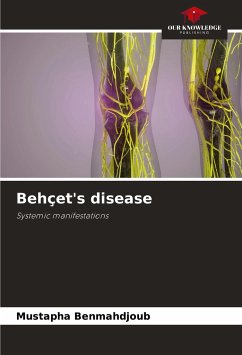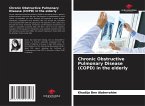Behçet's disease (BD) is relatively common in the Mediterranean basin and the Far East, affecting slightly more men than women between the ages of 20 and 40. It is an autoimmune disease that causes inflammation of the blood vessels. This inflammation can affect blood vessels of any size, and can damage all the body's organs. Diagnosis is based on constantly revised clinical criteria. The neurological manifestations of MB are dominated by parenchymal involvement, with variable clinical presentation. Magnetic resonance imaging (MRI) is the gold standard for this disease. Management of MB is guided by the severity of the disease and the type of organ affected. Colchicine, non-steroidal anti-inflammatory drugs and corticosteroids are often sufficient to control the cutaneous-mucosal and articular manifestations of MB. Therapeutic advances with the development of new molecules, immunosuppressants, immunomodulators, lymphocyte-targeting therapies and hematopoietic stem cell autografts have improved the prognosis.
Bitte wählen Sie Ihr Anliegen aus.
Rechnungen
Retourenschein anfordern
Bestellstatus
Storno








